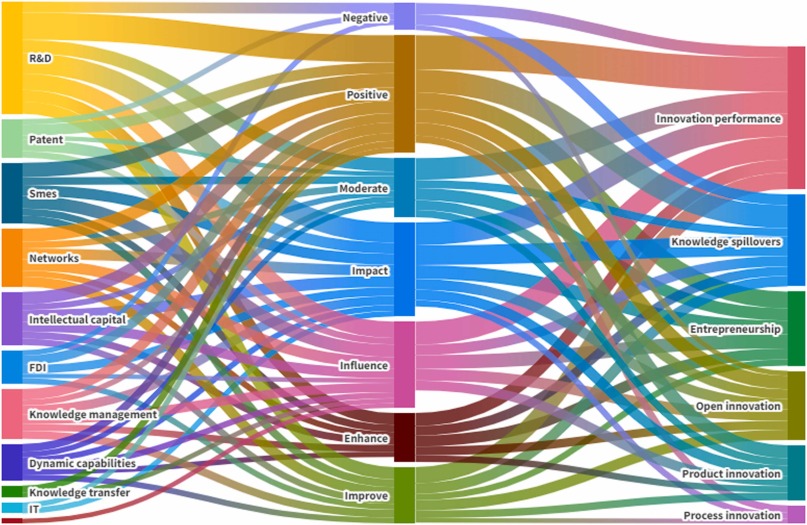
## Beneath Antarctica’s Ice Shelves: A Gradual Ballet of Heat and Ice
Beneath the icy expanse of Antarctica, which often seems barren to those unfamiliar, a gradual and intricate interplay between ocean and ice is taking place. Below the Ross Ice Shelf — the largest ice shelf globally — warm ocean currents subtly, yet persistently, erode its frozen underside. These slow, often imperceptible processes are increasingly being unraveled with the assistance of advanced scientific tools, providing vital insights into the future of our planet’s ice and sea levels.
### The Ross Ice Shelf: A Massive Structure in Peril
Antarctica’s ice shelves are immense, floating extensions of the continent’s solid ice sheets. The Ross Ice Shelf is just one of these colossal formations, yet it is crucial for stabilizing the Antarctic Ice Sheet by serving as a barrier against the swift movement of land-based ice into the ocean. With the advent of climate change, concerns are escalating that this natural protective barrier may weaken, resulting in substantial ice loss and significant rises in global sea levels.
Typically, ice shelves experience melting from above, where they meet relatively warm air, and below, where ocean waters interact with the ice. However, what has remained enigmatic thus far is the exact impact of ocean currents — which carry relatively warm water — on the melting of these ice shelves from beneath. Grasping this interaction is essential for forecasting how ice will react in an increasingly warm world.
### A Noteworthy Finding: The Seaglider’s Unexpected Journey
In December 2022, a research team was investigating the southern Ross Sea using a compact, autonomous underwater robot known as a **Seaglider**. This advanced instrument, fitted with sensors to analyze water temperature, salinity, oxygen levels, and other ocean characteristics, was designed to collect data about how surface waters interact with ice. However, an unforeseen event occurred: the robust, previously undocumented currents of the Southern Ocean carried the Seaglider beneath the massive Ross Ice Shelf — a region notoriously challenging for scientists to access.
What could have been a hindrance transformed into a fortunate occurrence in scientific investigation. The Seaglider’s unexpected passage beneath the ice provided researchers with rare and invaluable data: under the ice shelf, it discovered a 50-meter-thick layer of surprisingly warm water, abundant in nutrients and biological activity, featuring elevated levels of chlorophyll and oxygen.
### Warm Water Under the Ice: The Melting Mechanism
The revelation of warm water tracked by the Seaglider was both unsettling and informative. The presence of this warm water near the ice’s base poses a direct threat to the stability of the Ross Ice Shelf. The warm water is chiefly driven by winds and ocean currents. Solar heating from the surface, combined with dynamic oceanic forces, transports water from open seas — warm enough by Antarctic standards — into the cavities beneath ice shelves like Ross.
As this warm water contacts the base of the ice shelf, it absorbs and transmits heat. The water’s movement acts like a slow, unseen force, gradually but inexorably melting the ice. This interaction is most pronounced where “polynyas” exist — regions of open water encircled by ice. In the Ross Sea, the polynyas near the shelf serve as entry points for heat, drawing warmer waters inward and accelerating the melting process.
However, this melting is not merely an issue of erosion; it constitutes a more intricate interplay of physical forces. Warm water flows unpredictably beneath the ice, molded by the underlying seabed and the contours of the ice shelf overhead. This, in turn, generates varied pressure gradients and movement patterns, potentially creating unpredictable accelerations in future melting.
### The Wider Consequences: Rising Sea Levels and Climate Models
Why should we be concerned about this gradual melting of ice beneath Antarctica’s ice shelves? The answer lies in the consequent impact on global sea levels.
If ice shelves like the Ross continue to melt from below, they will compromise their structural integrity. The risk is that entire portions of the shelf may break away, enabling the land-based ice sheets — which hold back vast quantities of water — to become destabilized. As these ice sheets disintegrate and melt into the sea, global sea levels will rise, endangering coastal cities and communities across the world.
The information supplied by the Seaglider now provides scientists with a rare perspective on how oceanic processes are changing beneath Antarctica’s ice. Integrating this newly acquired data into climate models will aid researchers in predicting more accurately how these heat exchanges under the ice shelf will progress over time, enhancing our comprehension of their potential contributions to global sea level rise.
### The Poetic Aspect of Science: A Dance of Natural Forces
Deep within the inaccessible realms where light seldom penetrates, the domain beneath Antarctica’s ice shelves can be compared to a slow, underwater symphony. The ocean and ice engage in a near